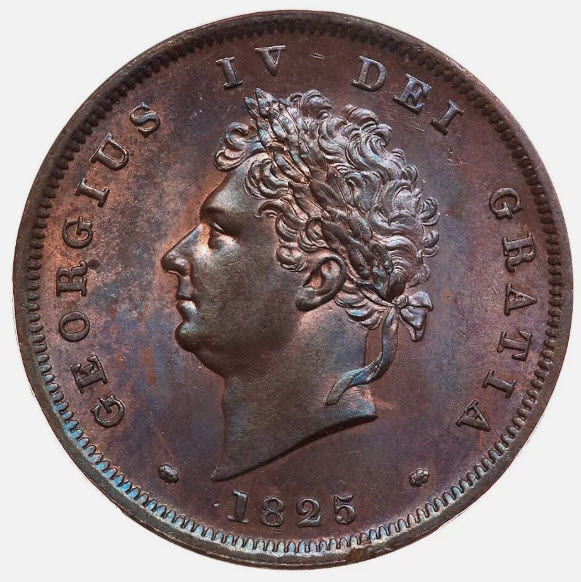English copper pennies have a rich history dating back to the 17th century when they were first introduced as part of the British currency system.
Originally minted by private individuals and companies, these early copper pennies were often poorly made and of varying weights and standards.
In 1672, King Charles II issued a royal proclamation establishing the first official copper penny coinage in England. These coins featured a portrait of the king on one side and Britannia on the other. Over the years, the design of English copper pennies has undergone several changes, reflecting the shifting political and cultural landscape of the country.
During the Industrial Revolution in the 18th and 19th centuries, advancements in minting technology led to the production of higher-quality copper pennies with more intricate designs.
The reign of Queen Victoria saw significant changes to the design of English copper pennies, with the introduction of new motifs and symbols to reflect the empire’s global reach.
In the early 20th century, the United Kingdom transitioned to a decimal currency system, with the introduction of the pound sterling and decimal pennies.
Copper pennies continued to be minted for circulation until 1971 when they were replaced by smaller, lighter coins made of nickel-plated steel.
Today, English copper pennies are highly sought after by collectors for their historical significance and aesthetic appeal. Rare and valuable examples of these coins can fetch significant sums at auction, particularly those in good condition with unique features or mint errors.
Some of the most valuable English copper pennies include the 1933 George V Penny, which is considered one of the rarest British coins with only a handful of specimens known to exist. Another highly sought-after coin is the 1951 Festival of Britain Penny, issued to commemorate the landmark event and featuring a unique design.
For collectors looking to assess the value of their English copper pennies, it is important to consider factors such as the coin’s condition, rarity, and historical significance.
Coins in mint condition with sharp details and no signs of wear command higher prices, while those with errors or unique features are also highly Prized
In the future, English copper pennies are likely to continue prized and be popular among collectors and numismatists, as they offer a tangible connection to the country’s past and serve as a reminder of its rich cultural heritage. As the demand for rare and valuable coins grows, the market for English copper pennies is expected to remain strong, attracting collectors from around the world.



